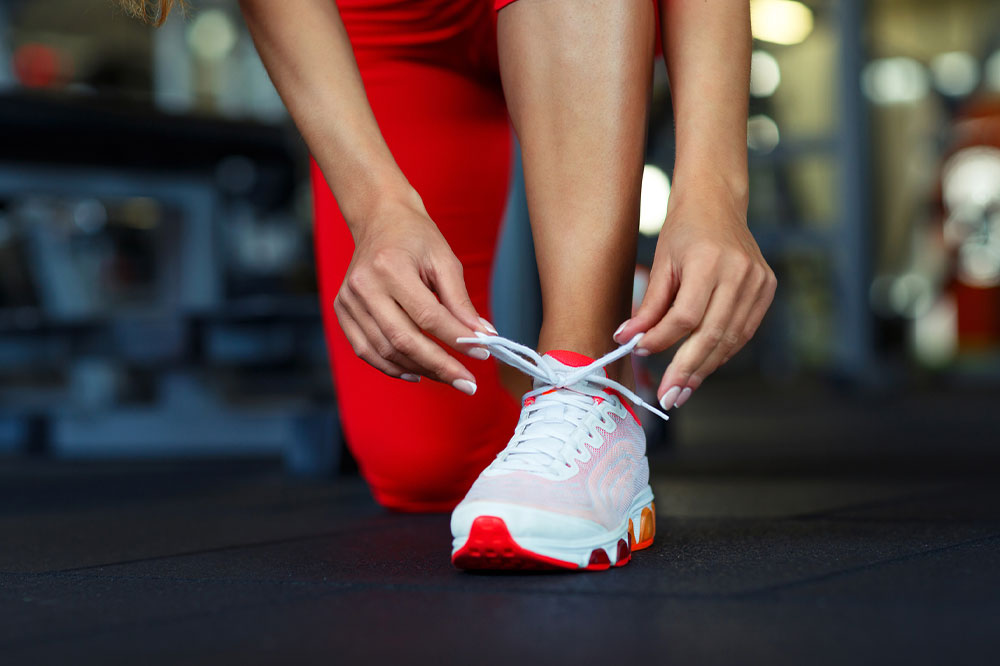3 effective ways to manage high cholesterol

Cholesterol is a waxy substance in the body that aids in the formation of cells and hormones. However, this lipid can be good or bad, and high levels of bad cholesterol can increasee the risk of developing heart conditions. The CDC suggests that high cholesterol is a common health risk that affects 94 million people over 20. So, here are treatment options, foods, and lifestyle changes that can help manage the condition:
Treatment options
The condition can induce no symptoms, making it important to get the cholesterol levels checked. The treatment for this condition focuses on reducing bad cholesterol in the body. They also aim to lower the risk of developing secondary conditions such as heart diseases. Here are some of the popular treatment options:
LIVALO®: The brand name for pitavastatin, LIVALO® helps in lowering cholesterol levels. It is a statin, which means it belongs to a group of treatment options known as HMG CoA reductase inhibitors. It is mainly used to treat adults who have high cholesterol, and doctors prescribe this option while also recommending changes in food consumption. The combined effect helps lower the levels of bad cholesterol, also known as LDL (low-density lipoprotein) cholesterol, in the body. It also helps increase the levels of good cholesterol (or HDL) in the body. While LIVALO® is a popular treatment option, people with allergies, active liver troubles, and those who are nursing or pregnant should avoid it. The most common side effects include back pain, diarrhea, muscle pain, constipation, and even pain in the arms and legs. This is an oral treatment option, usually taken once every 24 hours, with or without food, at the same time every day.
Repatha®: Another treatment option for high cholesterol is Repatha®. Also known as evolocumab, this is a fast-acting injectable treatment option used to treat adults who have cardiovascular diseases and are at risk of getting a heart attack or stroke. Repatha® can also be prescribed for those who have undergone heart surgery. Studies have shown that this treatment, along with a statin, can reduce LDL in nearly 90% of people and can bring it down to 70mg/dL or lower. In fact, it can promise up to a 63% reduction in blood cholesterol levels within three months. The treatment can be administered once a month or once every two weeks, depending on the severity of the condition. Its side effects include allergic reactions, runny nose, sore throat, and other flu-like symptoms. It may also cause back pain, high blood sugar, redness, or pain at the injection site. Doctors recommend lifestyle and food-related changes when prescribing this treatment to further reduce health risks.
Better food choices
While treatment options can help keep cholesterol levels in check, people should make changes in their food regimen as a natural remedy for the condition. This includes consuming foods that help improve the HDL levels and avoiding foods that can increase the levels of LDL in the blood. The best foods to have are:
Fiber-rich foods: Some foods are rich in soluble fibers that bind with the cholesterol and eliminate it from the body. Examples include foods such as oats, barley, bran, beans, and other whole grains.
Fish: Seafood such as fatty fish are rich sources of omega-3 fatty acids (or polyunsaturated fats) that are better alternatives to unhealthy fats that directly increase LDL.
Foods with sterols and stanols: Some foods also contain sterols and stanols, which are cholesterol-like compounds found in plant-based foods. They can help block the absorption of bad cholesterol. You can get sterols and stanols as supplements. Legumes, vegetable oils, and nuts contain these compounds and should be added to meals.
Some foods should be avoided or at least limited as they can increase LDL in the body along with the risk of developing secondary diseases. Items like fried food, fast food, processed meat, sweetened foods, dairy products like cheese, and desserts contain trans fats that can directly increase cholesterol levels. Further, you should try substituting sugary drinks with water and track your calorie intake to keep cholesterol in check.
Lifestyle changes
Aside from food and treatment, lifestyle changes can also go a long way in managing the condition. One of the biggest changes that can improve cholesterol levels is regular exercise. Any moderate physical activity can help raise HDL levels in the body while also lowering LDL. One can try moderate workouts that last for at least 30 minutes 4–5 times a week. People should also try activities like walking, riding a bike, playing a sport, and even swimming. It is important to develop an exercise plan after consulting with your doctor to avoid taking up strenuous physical activities.
Experts also recommend making small yet important changes to your physical routine to encourage movement. Some tips include using the stairs instead of the elevator, taking breaks from your desk, parking your car a block away from your workplace so you can walk there, and trying to work while standing for short periods. Cutting back on unhealthy lifestyle choices can also reduce the risk of high cholesterol and severe heart-related issues.






